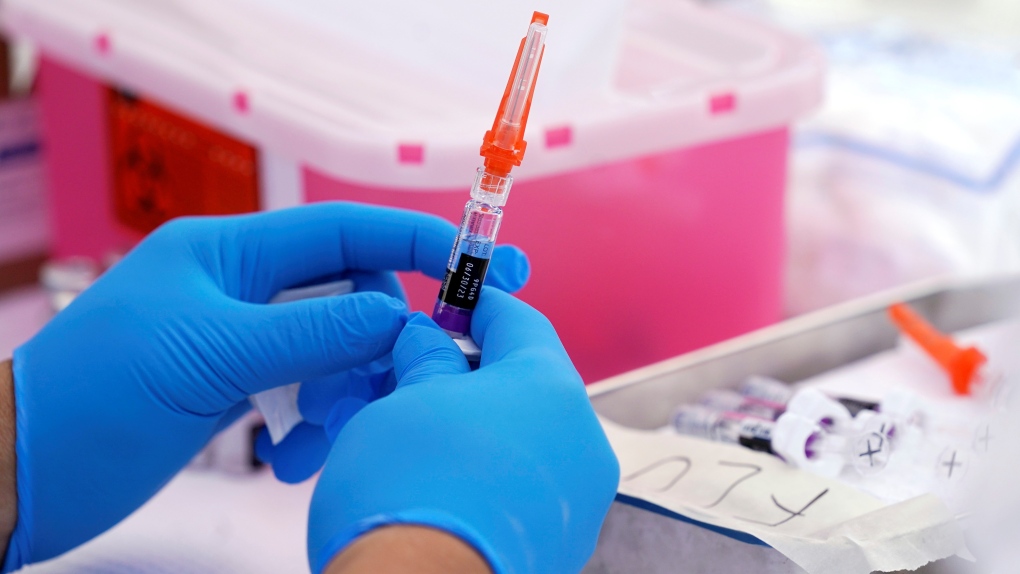The two-dose vaccine employs the same messenger RNA (mRNA)technology used in the COVID-19 shots developed by Pfizer PFE.N with BioNTech 22UAy.DE, and by Moderna MRNA.O. It delivers tiny lipid particles containing mRNA instructions for cells to create replicas of so-called hemagglutinin proteins that appear on influenza virus surfaces.
A universal vaccine would not mean an end to flu seasons, but would replace the guess work that goes into developing annual shots months ahead of flu season each year.
Unlike standard flu vaccines that deliver one or two versions of hemagglutinin, the experimental vaccine includes 20 different types in the hope of getting the immune system to recognize any flu virus it might encounter in the future.
In lab experiments, vaccinated animals’ immune systems recognized the hemagglutinin proteins and defended against 18 different strains of influenza A and two strains of influenza B. Antibody levels induced by the vaccine remained unchanged for at least four months, according to a report published in the journal Science.





